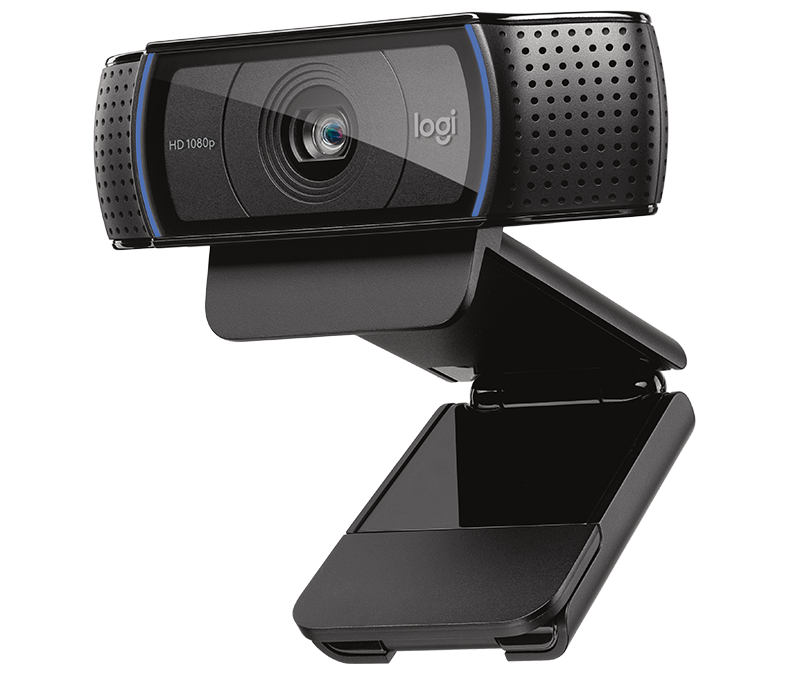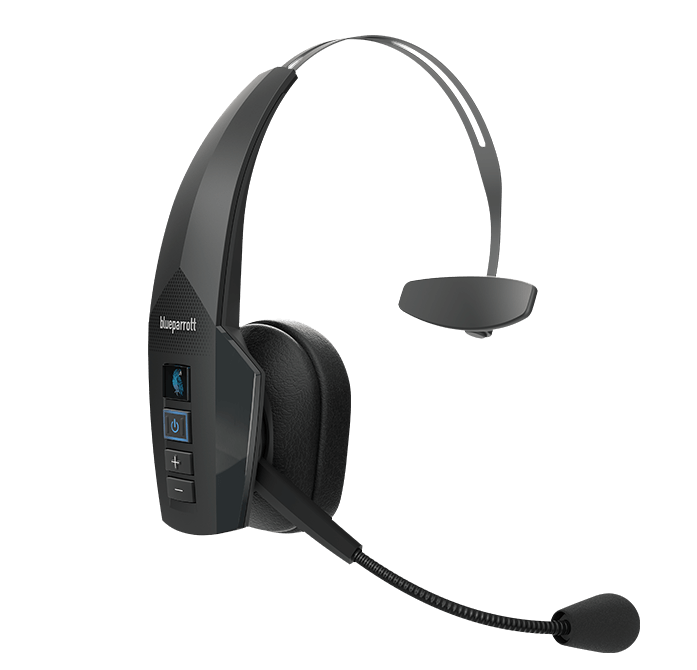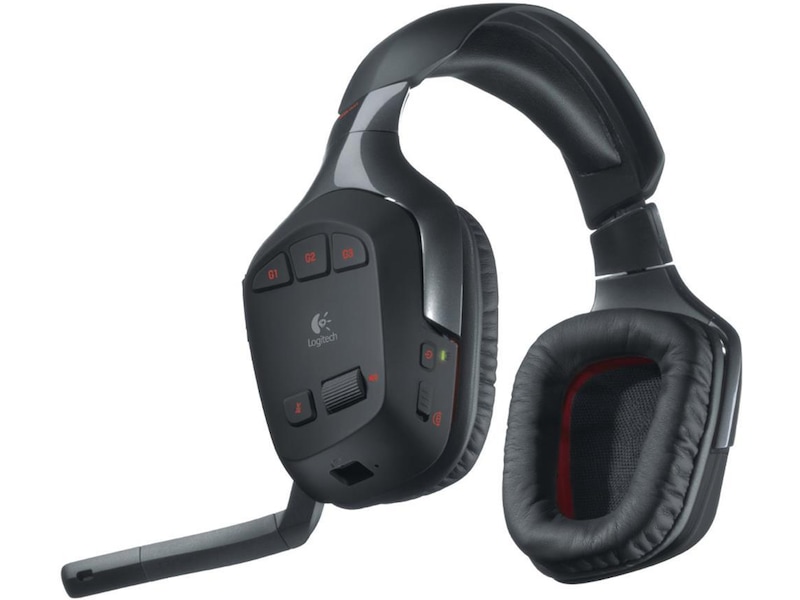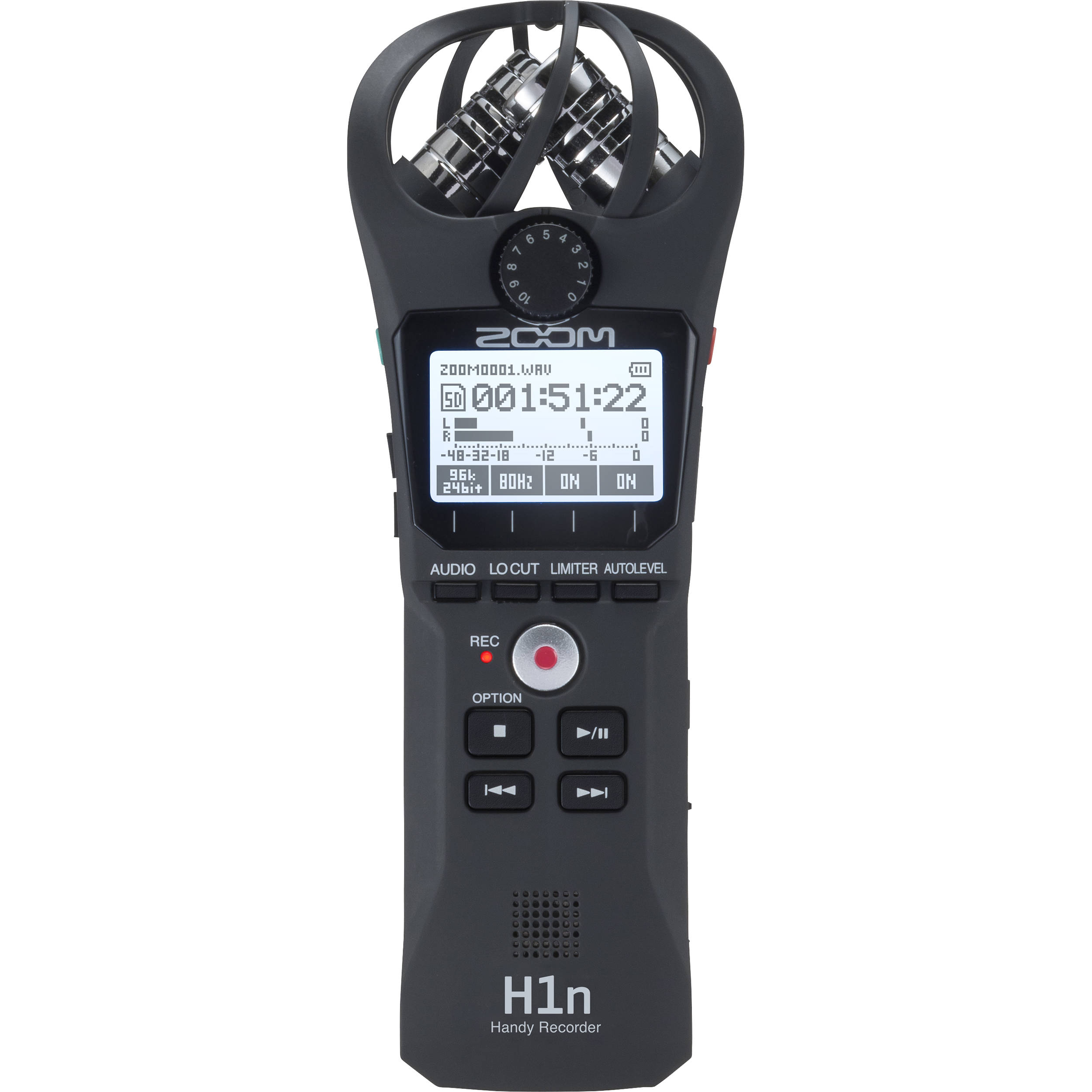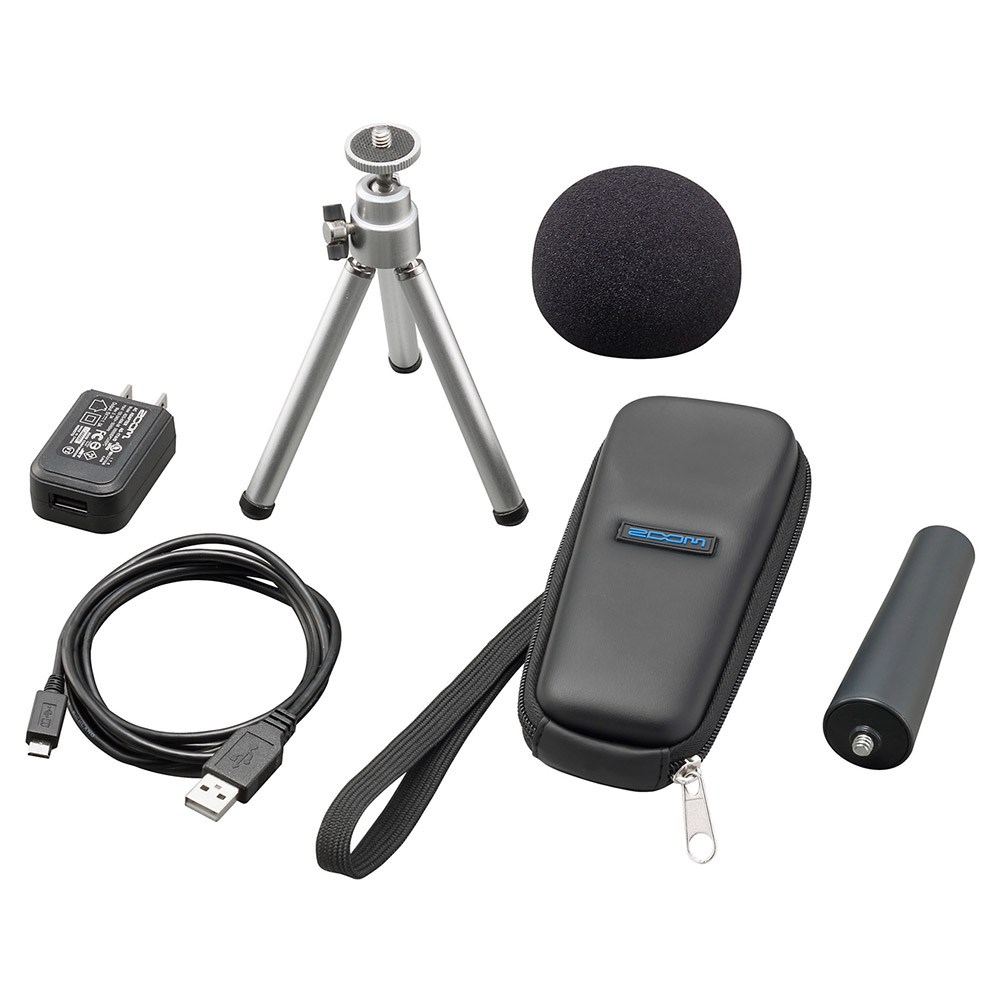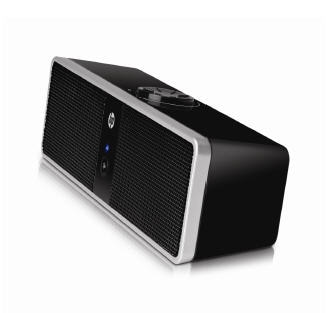I've 'solved' this now. See bottom of post.
Old post:
Got the Samson XPD2 now, and it's ... interesting.

Even if I crank everything up to the max in linux, I can barely hear what I record in audacity (or anywhere -- it's a linux thing).
But if I hook up headphones to the headphone jack on the USB dongle the sound is great.
What figures?
As usual the first port of call is always dmesg:
[Sun Aug 23 05:18:02 2020] usb 2-11: new full-speed USB device number 22 using xhci_hcd
[Sun Aug 23 05:18:02 2020] usb 2-11: New USB device found, idVendor=17a0, idProduct=1616, bcdDevice= 1.00
[Sun Aug 23 05:18:02 2020] usb 2-11: New USB device strings: Mfr=1, Product=2, SerialNumber=0
[Sun Aug 23 05:18:02 2020] usb 2-11: Product: Samson RXD wireless receiver
[Sun Aug 23 05:18:02 2020] usb 2-11: Manufacturer: Samson Technologies
[Sun Aug 23 05:18:02 2020] usb 2-11: Warning! Unlikely big volume range (=496), cval->res is probably wrong.
[Sun Aug 23 05:18:02 2020] usb 2-11: [50] FU [Mic Capture Volume] ch = 1, val = 0/7936/16
[Sun Aug 23 05:18:02 2020] input: Samson Technologies Samson RXD wireless receiver as /devices/pci0000:00/0000:00:14.0/usb2/2-11/2-11:1.2/0003:17A0:1616.0012/input/input58
[Sun Aug 23 05:18:02 2020] hid-generic 0003:17A0:1616.0012: input,hidraw7: USB HID v1.00 Device [Samson Technologies Samson RXD wireless receiver] on usb-0000:00:14.0-11/input2
Linux is normally PnP, but here there seems to be an issue. Time to start reading. Found a similar issue here: https://bugzilla.redhat.com/show_bug.cgi?id=1070706
Will update as/if I fix this.
Also, I got a female 3.5 mm to female XLR connector so that I can use a better lavalier mic. The connector should be mini-XLR -- a full-size XLR is way too big.
Solution:
What I do now is set the input volume in the terminal using pulseaudio (pacmd/pactl).
By default you can only set the input volume to 150%, but using the command line you can go as crazy as you like.
First identify the card index number:
pacm list-sources|egrep "name|index"
index: 26
name: <alsa_input.usb-Samson_Technologies_Samson_RXD_wireless_receiver-00.analog-mono>
alsa.name = "USB Audio"
alsa.subdevice_name = "subdevice #0"
alsa.card_name = "Samson RXD wireless receiver"
alsa.long_card_name = "Samson Technologies Samson RXD wireless receiver at usb-0000:00:14.0-2, full sp"
alsa.driver_name = "snd_usb_audio"
device.vendor.name = "Samson Technologies Corp."
device.product.name = "Samson RXD wireless receiver"
device.profile.name = "analog-mono"
alsa.mixer_name = "USB Mixer"
device.icon_name = "audio-card-usb"
Then do (for index 26):
pactl set-source-volume 26 270%
Works great! Of course you can't touch the input slider in the pulseaudio GUI at this point. The next project is to change the pulseaudio source code to allow a higher max volume.
New microphone
I also bought a new microphone to use with the Samson: https://www.amazon.de/-/en/gp/product/B071937RZZ/ref=ppx_yo_dt_b_asin_title_o01_s00?ie=UTF8&psc=1
The sound is subjectively a lot better and I feel that it has better dynamic range, than with the stock microphone.

